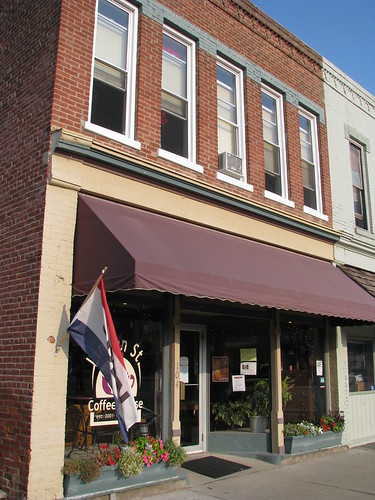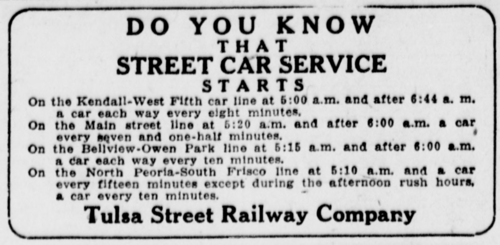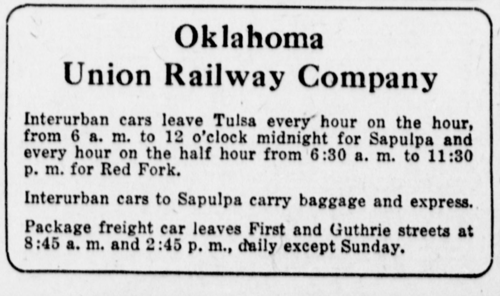Cities: January 2012 Archives
Julie R. Neidlinger has written a moving account of her final farewell to the Patisserie on Fourth, a bakery in downtown Bismarck, North Dakota, where she worked as a baker for a couple of years. The Patisserie on Fourth closed permanently on Tuesday.
As she helped the owner clear out the store, Julie remembered the good and the bad of working there:
I think of my co-workers and feel sad. Elizabeth, and the funny moments with her. Kristin, who was quick to laugh at my stupid jokes. Courtney's delicious Italian wedding soup. Nathan's spotless sink. The jokes, the Disney music and crazy dancing when no one was around. The dough pets and bagel fights and my imitation of a shrieking monkey. We had some fun sometimes.She locks the door as the man walks away, and we return to packing and cleaning.
I think of the angry emails, the cruel comments, and the critiques people left online, and I wonder what place these last two years will have in my life once I put in some distance from them.
We are almost finished.
I think of the regular customers I grew to enjoy -- Beverly, Connie, David, Peter, Emily, the Raspberry Scone guy, the Molasses Cookie Guy, the Roast Beef Provolone Guy, Mr. Coffee and Caramel Roll, and Quiche Grandma -- so many, and so many more. I realize how I will miss those regulars who were so kind and so patient with three very tired and very broke workers who didn't always come with their game face.
In May 2009, a local TV station ran a story about the Patisserie adding a lunch menu to its breads and desserts, in response to popular demand:
But then, another downtown business pointed out that the area could use another place with a lunch menu, and they decided."Yeah, we can throw some sandwiches together, one thing led to another and then we have a full lunch menu," Dockendorf says.
Nearly every day of the week, a line forms in front of the counter.
"Usually whoever comes in for pastries end up with lunch, and those who come in for lunch get dessert," says Dockendorf....
The owners say both the lunches and the pastries have been wildly successful, and the whole business has been a lot of fun.
The owners say they plan to rearrange the dining area so it can seat more customers and hope to be able to expand, add more display shelves, and have more room to work.
Small businesses have high failure rates. You can make an excellent product, build a supportive clientele, and it still may not be enough. You may not be able to make a living at it.
For all the chamber of commerce focus on convention centers and arenas, it's a place like the Patisserie that can sell outsiders on the value of a city.
Recently I attended a presentation by a couple of urban planners from out of town. A short while after the presentation ended, I bumped into them again at the Coffee House on Cherry Street. They said they had discovered the Coffee House on a previous visit to Tulsa and regard it as their office away from home. Their affection for CHoCS was apparent, and it wouldn't surprise me if, when they tell people about Tulsa, they mention that "there's this wonderful coffee house...," just as I mention my favorite coffee houses when I talk about my work visits to Wichita a couple of years ago.
Someone visits a city for the first time and finds a cozy place for coffee and dessert --particularly one right next to a historic neighborhood like Swan Lake -- and suddenly they see the whole city in a positive light. They could imagine living there and liking it, knowing that there's a place with great coffee and food where they could hang out with neighbors and friends. If banks and lawyers and assorted Chamber of Commerce big shots would use locally-owned cafes instead of chains to cater their meetings and lunches and events, it would help boost the city's uniqueness and appeal to newcomers.
The next time you start to order sandwiches from McAllisters or coffee for the office from Starbucks or a birthday cake from Sam's Club, stop and ask yourself: Can I help a great locally owned business stay in business by giving them my business today?

Above: Linden Street Coffeehouse, Lamoni, Iowa, a great place for breakfast, coffee, and wifi that left me with a great impression of the town.
As a point of comparison, Tulsa Transit bus service doesn't run evenings (except for a few special night lines), and typical headways are 30 minutes or longer between buses.
DO YOU KNOW
THAT
STREET CAR SERVICE
STARTSOn the Kendall-West Fifth car line at 5:00 a.m. and after 6:44 a. m. a car each way every eight minutes.
On the Main street line at 5:20 a.m. and after 6:00 a.m. every seven and one-half minutes.
On the Bellview-Owen Park line at 5:15 a.m. and after 6:00 a.m. a car each way every 10 minutes.
On the North Peoria-South Frisco line at 5:10 a.m. and a car every fifteen minutes except during the afternoon rush hours, a car every ten minutes.
Tulsa Street Railway Company
Oklahoma
Union Railway CompanyInterurban cars leave Tulsa every hour on the hour from 6 a. m. to 12 o'clock midnight for Sapulpa and every hour on the half hour from 6:30 a. m. to 11:30 p. m. for Red Fork.
Interurban cars to Sapulpa carry baggage and express.
Package freight car leaves First and Guthrie streets 8:45 a. m. and 2:45 p. m., daily except Sunday.
(From p. 12, Monday, May 15, 1922, Tulsa Daily World, Weekly Business Review, a weekly page of small ads from local businesses, ads for two of Tulsa's three streetcar companies, the strictly local Tulsa Street Railway and the interurban Oklahoma Union Railway, which connected Tulsa, West Tulsa, Red Fork, and Sapulpa, as well as providing local service in Tulsa and Sapulpa. The third company, Charles Page's Sand Springs Railway, connected downtown Sand Springs with Archer Street in downtown Tulsa. A half-page ad in the Sunday, October 16, 1921, Tulsa Daily World, says that the TSR runs from 6 a.m. to 11 p.m.)

